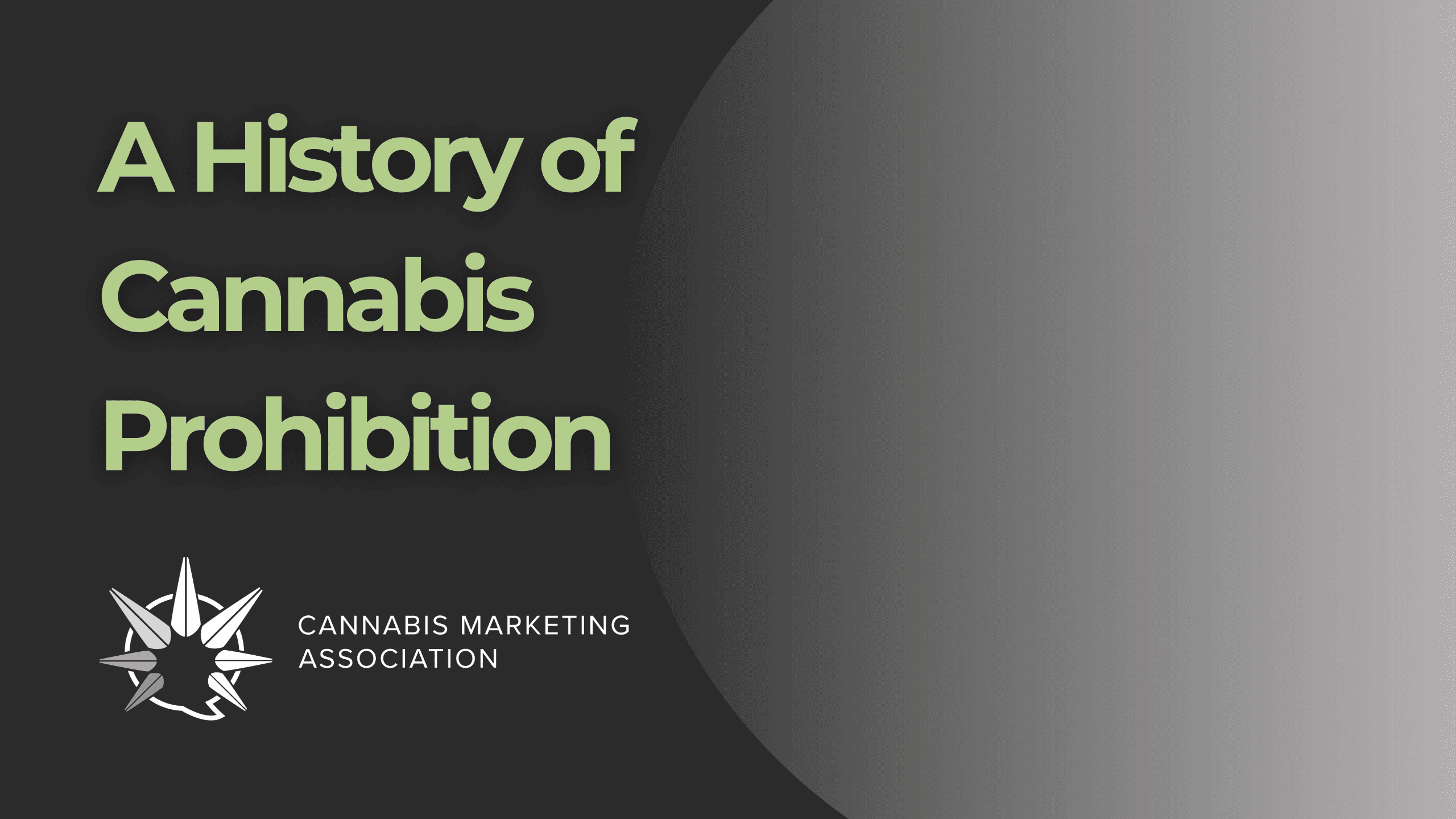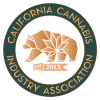From its humble beginnings as a vital crop for industrial purposes to its evolution into a symbol of counterculture and controversy, the journey of cannabis reflects the intricate dance of politics, immigration, and public perception in American history. As we look back on the saga of cannabis in the U.S., we peel back the layers of history to understand how it all unfolded and the many influences that shaped its path.
Early History of Cannabis in the United States (17th – 19th Century)
The United States’ relationship with cannabis dates back to the 17th century when the government encouraged hemp production to manufacture goods such as rope, sails, and clothing. The Virginia Assembly passed legislation requiring hemp to be grown by every farmer in 1619, and it was allowed to be exchanged as legal tender in Virginia, Pennsylvania, and Maryland.
Domestic hemp production prospered up until the Civil War, when imports and other domestic materials began to replace it. By the late 1800s, cannabis was a common ingredient in a variety of medicinal products and remedies for typical household ailments and was sold publicly in pharmacies. Upper-class Americans and celebrities glorified hashish and consumption was a fad among those who could afford the imported good.
Influence of Mexican Immigration (1910 – 1930s)
The Mexican Revolution of 1910 led to an influx of Mexican immigrants in the United States — between the years 1910 and 1920, more than 890,000 Mexicans immigrated to the U.S. legally. While cannabis had been part of U.S. history since the country’s use of industrial hemp, smoking the plant recreationally was an uncommon means of consumption and wasn’t considered by Americans until the arrival of immigrants who brought the consumption method along with them.
During the Great Depression, mass unemployment provoked public fear and resentment of Mexican immigrants, leading to an increase in concern about the problem of cannabis consumption. PSAs linked the use of cannabis to violence and crime and other miscellaneous socially deviant behaviors, committed most frequently by “racially inferior”, lower class communities.
In his 1994 Atlantic article, “Reefer Madness”, Eric Schlosser notes that police officers asserted that cannabis consumption “incited violent crimes, aroused a ‘lust for blood’, and gave its users ‘superhuman strength’”, and “rumors spread that Mexicans were distributing this ‘killer weed’ to unsuspecting schoolchildren… ‘The Marijuana Menace’ as sketched by anti-drug campaigners, was personified by inferior races and social deviants”.
According to NPR, medical journals and news reports primarily used the plant’s formal name, cannabis, prior to this, and several accounts recall that the term “marijuana” became widely used in the U.S. because “anti-cannabis factions wanted to underscore the drugs ‘Mexican-ness’. It was meant to play off of anti-immigrant sentiments”.
The Anti-Cannabis Campaign and Federal Regulation (1930s – 1940s)
The Federal Bureau of Narcotics was created in 1930, and Harry J. Anslinger was hired as first Commissioner where he held his post for more than three decades. Harry Anslinger is one of the primary individuals who can be held accountable for creating and perpetuating the stigma around cannabis that still lingers today, and launched a ferocious anti-cannabis campaign that was unwavering throughout his time in office. By 1931, 29 states had banned cannabis and it was no longer the plant substance found in medicines across the country.
Anslinger’s efforts with the Bureau of Narcotics were a largely contributing factor to the American adoption of the word “marijuana”— when making statements publicly and crafting propaganda like the 1936 film Reefer Madness, Anslinger would intentionally use the term when campaigning against the plant, solidifying the plant’s new “foreign” identity.
The Marihuana Tax Act of 1937 against the “evil weed” was passed, federally criminalizing cannabis across the U.S. and establishing a one-dollar tax on anyone who sold or cultivated the plant. Several years later, the New York Academy of Medicine released a report declaring that cannabis use did not incite violence, insanity, or crime, contrary to earlier studies and popular belief.
Demand for industrial hemp imports and other materials grew in the United States during World War II to assist in producing military necessities. The U.S. Department of Agriculture launched its “Hemp for Victory” program in response, encouraging farmers to grow hemp by giving out the seeds and granting draft deferments to those who would participate. Farmers registered in the program harvested over 375,000 acres by 1943.
Cannabis Regulation Post-World War II (1950s – 1970s)
Throughout the 1950s, federal laws were enacted which established mandatory sentences of drug-related offenses, cannabis included. A first-offense possession of cannabis carried a minimum sentence of 2 – 10 years with a fine of up to $20,000.
By the 1960s, cannabis consumption was commonplace in counterculture, and its use was popular among white upper-class Americans. Presidents Kennedy and Johnson commissioned reports that stated cannabis consumption did not induce violence nor did it lead to the use of heavier drugs; however, less than a decade later, the Controlled Substance Abuse Act of 1970 was signed into law by President Nixon, effectively “placing all substances which were in some manner regulated under existing federal law into one of five schedules. Their placement is based upon the substance’s medical use, potential for abuse, and safety or dependence reliability” (DEA). Cannabis was categorized separately from other narcotics and the mandatory federal sentences for possessing small amounts were eliminated.
A nationwide movement of conservative parent groups materialized in the mid-70s, lobbying for stricter cannabis regulations and the prevention of teenage drug use. A handful of these groups became largely powerful, and with support from agencies like the DEA and National Institute on Drug Abuse (NIDA), acted as a catalyst in influencing public opinion leading to the 1980s War on Drugs.
Shifts in Cannabis Policy (1980s – 1990s)
In 1986, President Reagan signed the Anti-Drug Abuse Act, establishing mandatory sentences for drug-related crimes, in conjunction with the launch of First Lady Nancy Reagan’s “Just Say No” campaign, which taught students the skills needed to reject peer pressure relating to drug abuse. Three years later, President George Bush declared a new war on drugs in his very first nationally televised speech. At this point in American history, if you asked the average citizen what they believed to be the biggest issue in the nation, the usual response would be illicit drug consumption.
This turned around by the early 90s, when President Bill Clinton advocated for treatment instead of incarceration during his 1992 presidential campaign. Within a few months in the White House, Clinton had revisited the drug war strategies his Republican predecessors established and continued to elevate the war on drugs.
By 1996, California passed Proposition 215, allowing for the sale of medical-use cannabis for patients with cancer, AIDS, and other serious ailments. This becomes the first law that stands in direct tension with federal laws that prohibit the possession of cannabis.
NORML was established in 1997 with a mission “to better educate the public about marijuana and marijuana policy options, and to assist victims of current laws”.
Contemporary Cannabis Landscape (2000s – Present)
By the time George W. Bush arrived in the White House, the war on drugs was beginning to run out of steam, and his drug czar vehemently focused on cannabis and launched a massive campaign promoting student drug testing.
George W. Bush’s presidency saw nearly 40,000 “paramilitary-style SWAT raids on Americans every year” for what were primarily misdemeanors, according to the Drug Policy Alliance. Although federal reform slowed under Bush, state-level reform finally began to stall the drug war, but it did not bring it to a complete stop.
According to the ACLU report “The War on Marijuana in Black and White: Billions of Dollars Wasted on Racially Biased Arrests” published in 2013,
“Between 2001 and 2010 there were over 8 million marijuana arrests in the United States, 88% of which were for possession… In 2010, there was one marijuana arrest every 37 seconds, and states spent combined over $3.6 billion enforcing marijuana possession laws.The report also finds that, on average, a Black person is 3.73 times more likely to be arrested for marijuana possession than a white person, even though their use rates are similar. Such racial disparities in marijuana possession arrests exist in all regions of the country, in counties large and small, urban and rural, wealthy and poor, and with large and small Black populations. Indeed, in over 96% of counties with more than 30,000 people in which at least 2% of the residents are Black, Blacks are arrested at higher rates than whites for marijuana possession.”
Embracing Cannabis Culture
A lot has changed in terms of cannabis regulation and culture since 2012 when Colorado and Washington state legalized cannabis for adult-use. The landscape surrounding cannabis has undergone a remarkable transformation, with a significant cultural shift towards acceptance and legalization across the United States. The widespread adoption of both recreational and medicinal cannabis reflects a changing societal attitude towards the plant’s use and potential benefits. At the time this blog was written in February 2024, 30 states are fully legal, 10 states have some form of legalization and access to medical cannabis, and 8 states are medical only.
It is imperative to know about and understand the history of cannabis prohibition and the implications that still remain today, particularly as cannabis moves toward widespread legalization. As a cannabis marketer, it is essential to educate the public while speaking truthfully and authentically about a plant hidden in the shadows of stigmatization and empower others to do the same.
Author
Emily Wells, Membership Manager, Cannabis Marketing Association
What started as a perhaps juvenile enthusiasm for cannabis sparked an intense career interest when my time at CU Boulder approached its end, and my professors insisted that the most fulfilling careers combined your innate talents with your truest passions. Through classwork and internship opportunities, my intuitive communication skills and love for cannabis were seamlessly integrated, and my passion for the plant grew tenfold.
In my time at Cannabis Marketing Association, I’ve been given incredible opportunity to grow in my personal role and help scale the organization, all while navigating the intricacies of the cannabis industry and remote work. Now fortunate enough to be part of an industry still in its infancy, I’m eager to amplify my communicative adroitness and ability to establish meaningful relationships, while speaking truthfully and authentically about a plant hidden in the shadows of stigmatization and empowering others to do the same.
Citations:
1. https://www.theatlantic.com/magazine/archive/1994/08/reefer-madness/303476/
2. https://www.pbs.org/wgbh/pages/frontline/shows/dope/etc/cron.html
3. https://www.theatlantic.com/magazine/archive/1994/08/reefer-madness/303476/
4. https://www.npr.org/sections/codeswitch/2013/07/14/201981025/the-mysterious-history-of-marijuana
5. https://www.leafly.com/news/cannabis-101/where-did-the-word-marijuana-come-from-anyway-01fb
6. https://www.dea.gov/drug-information/csa
7. https://drugpolicy.org/issues/brief-history-drug-war
8. https://www.aclu.org/files/assets/061413-mj-report-rfs-rel4.pdf



